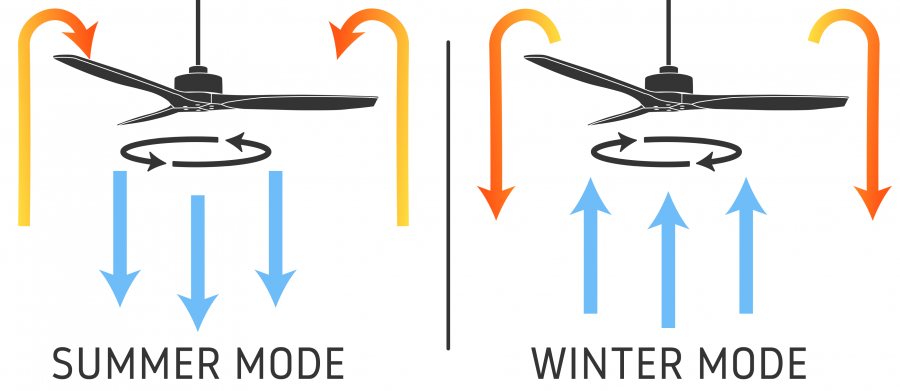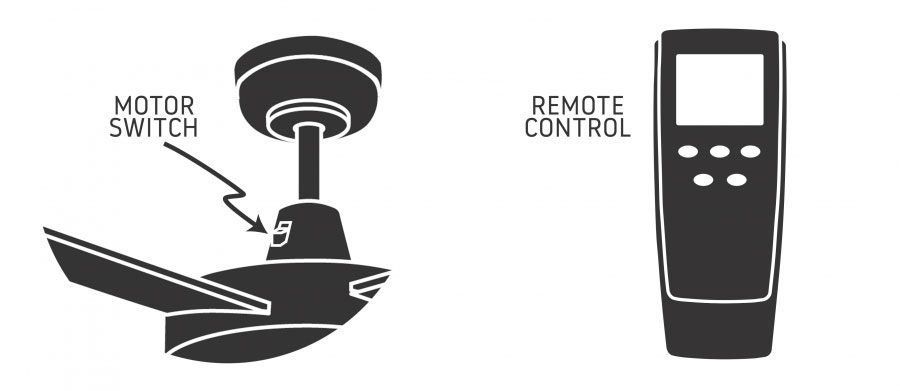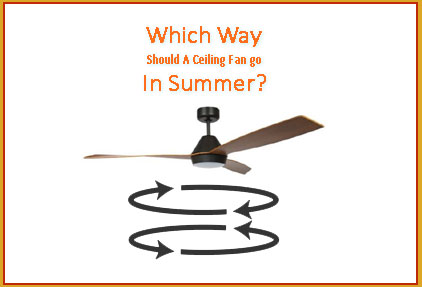Blog, Ceiling Fans Blog, Guides
Which Direction Should A Ceiling Fan Spin in Summer?
Which direction should a ceiling fan go in Summer?
Most ceiling fans are designed to cool the area underneath them by spinning in a counter clockwise direction. Because of the angle and pitch of its blades, a ceiling fan circulates air and creates a cool breeze. So in Summer, most ceiling fans should rotate in a counter clockwise direction. However, there are some exceptions to this. Differences in blade design might cause the fan to create a breeze when it spins clockwise, so to know for sure, you might need to test the fan out.

So How do I tell which way my ceiling fan should go in Summer?
If your fan is like the majority of ceiling fans, a counter-clockwise spin will cool you down. It might sound obvious, but the best way to find out for sure is to switch your fan on and stand under it. If you feel the cool breeze, it’s spinning in the right direction. If you don’t feel it at all, your fan might be in Winter mode. Luckily, fixing putting it back into Summer mode is very easy. If you use a wall control with your fan, the reverse switch is probably on the side of the motor. If your fan comes with a remote control, look for the reverse button. There you go, changing your ceiling fan direction is simple!

Why does the ceiling fan direction make a difference?
Thanks to the angle and pitch of its blades, when a ceiling fan is put into reverse, or Winter mode, the motion sucks cool air from a room up towards the ceiling. As the air rises to the ceiling it pushes the air which is already there down into the room. Because warm air naturally rises, this is a great function in Winter. Left to its own devices, warm air will rest underneath the ceiling, but a reversible ceiling fan circulates the air efficiently. However, when a ceiling fan is in reverse or Winter mode, you will not feel a breeze. If you don’t know about the reverse function, you might think that the fan is not working properly. So if you can’t feel the effect of your ceiling fan, check to see if it’s in reverse.


Pingback: The Best Temperature For Air Conditioning In The Australian Summer | Smarter Air